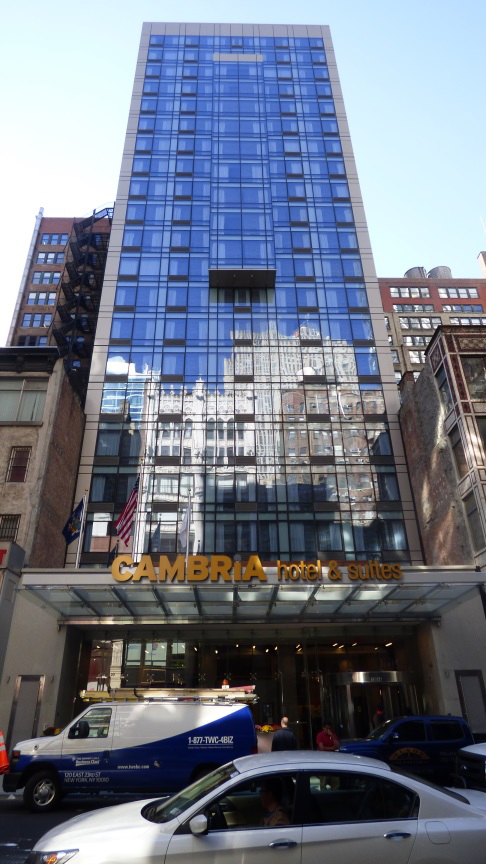News:
Green Buildings
Posted: January 26, 2015
Sustainable design on the fast track
Corporate clients are increasingly making LEED certification a primary goal for interiors projects, and the design and construction industries are rapidly evolving to meet the growing demand for products and processes that promote sustainable design and healthy living. The Pharos Project, which evaluates building materials, is one example of how the industry is making it easier for architects and clients to identify products that align with their company values. With the growing popularity of more rigorous performance standards like the Living Building Challenge, it will become even more important to make sustainable considerations an integral part of the design process.
Additionally, codes and the market are responding to LEED requirements by raising the bar on environmentally responsible design and construction practices. This prompts firms to question ways in which they can incorporate sustainable design and construction and still maintain client-required fast-track schedules.
Initially, engineering and construction firms can plan ahead, by training their staff in sustainable practices and in LEED requirements, encouraging them to obtain LEED AP status, and reviewing current project delivery systems with an eye to incorporating green methodology into everyday practice. Firms can also position themselves strategically by focusing on sustainable products and developing green waste management processes, as many local codes are moving towards more environmentally sound requirements.
At the outset of each project, a firm should convene the entire team in a review of project-specific LEED requirements. The team can then work through a series of steps starting with tabulating points inherent in the project. Careful review of each prerequisite will ensure the project is a viable LEED candidate, and teams can next target and categorize specific certification points while keeping client priorities and the project schedule in mind. Teams will eventually develop a strategy to achieve the desired rating - Silver, Gold or Platinum - and assigning a team member to be accountable for each point, while simultaneously devising contingency strategies. Additionally, one individual, preferably one with LEED AP status, should communicate this strategy and provide updates as the project evolves.
Having a clear game plan early in the process allows for flexibility as the design and construction process progresses. However, it's important to remember that fast paced projects are inevitably impacted by lead times, budgets and material availability, but by mindfully assigning tasks and working ahead lets the team concentrate on meeting overall project goals without being overly constrained by LEED requirements.
Lee Trimble, AIA, LEED AP, is a principal at Mancini Duffy, New York, N.Y.
Tags:
Green Buildings
MORE FROM Green Buildings
IREON Insights: DURA Architectural Signage manufactures and delivers over one million signs
Long Island City, NY Since its founding in 1955, IREON member DURA Architectural Signage has proudly manufactured and delivered more than one million signs to clients across a wide range of industries. From architectural interior signage to large-scale exterior installations, their work can be seen in corporate

Quick Hits







.gif)

.gif)
.jpg)
.gif)